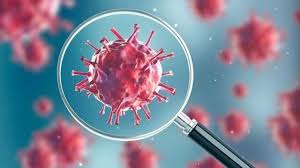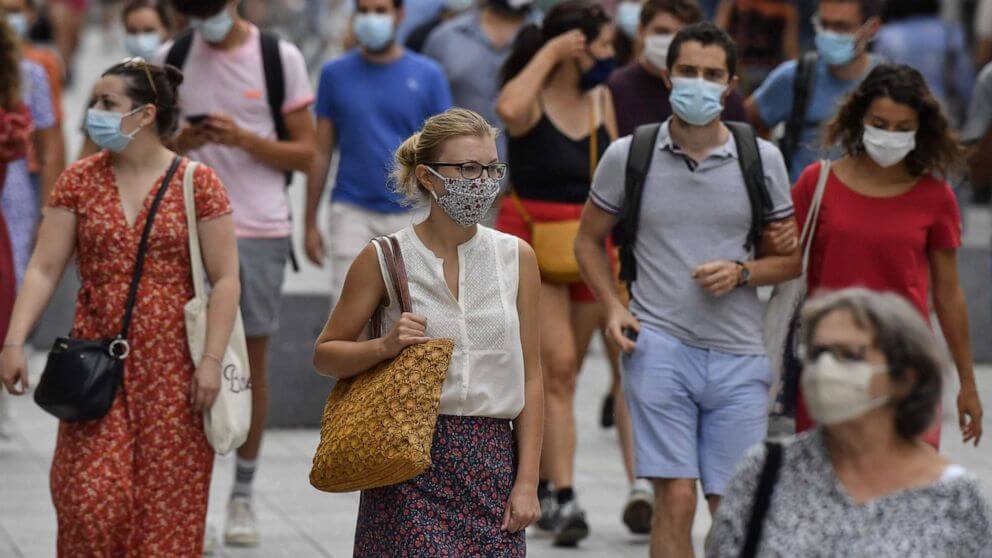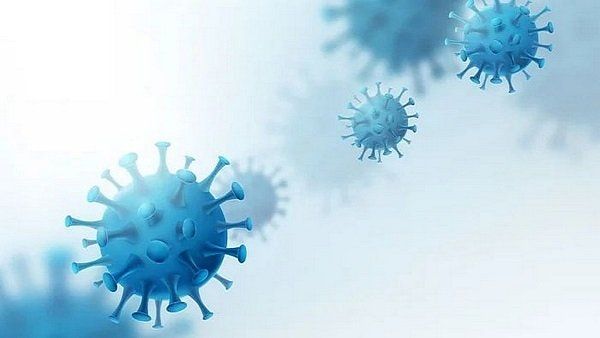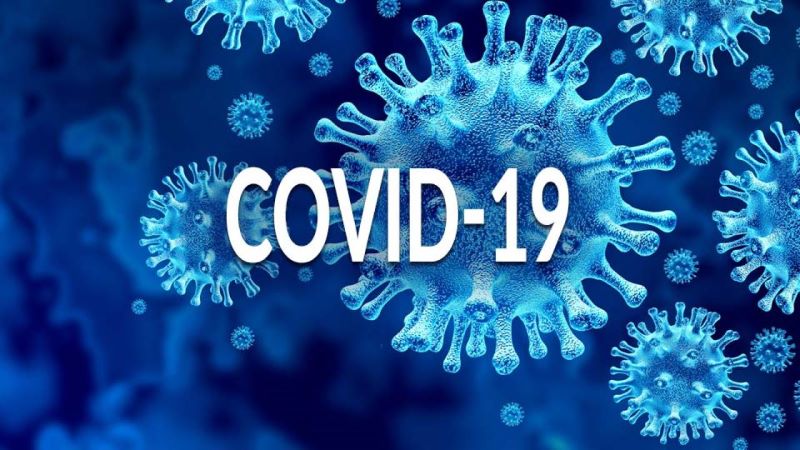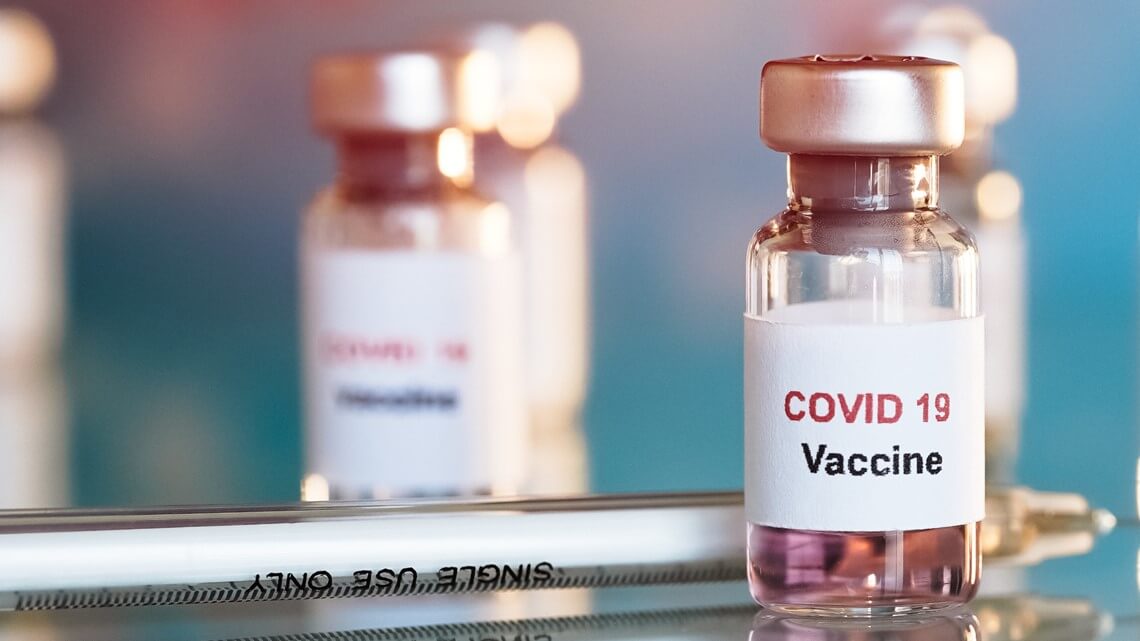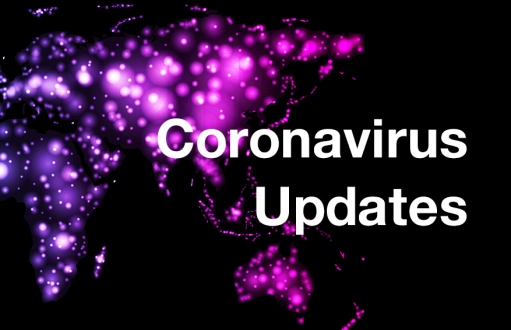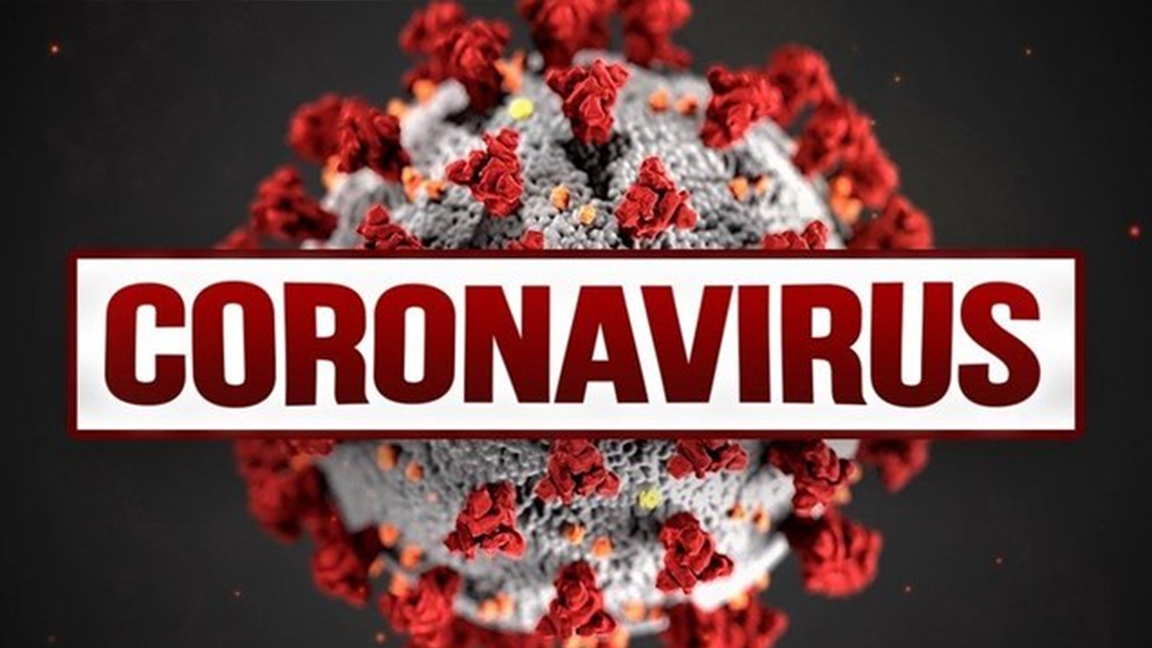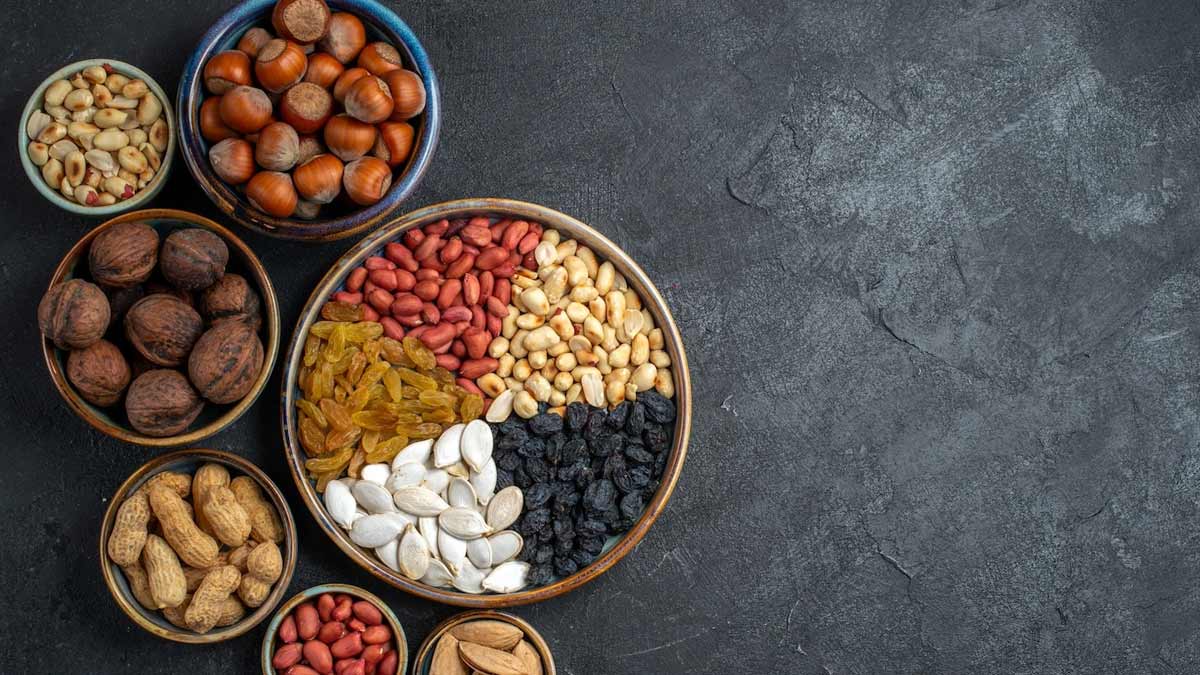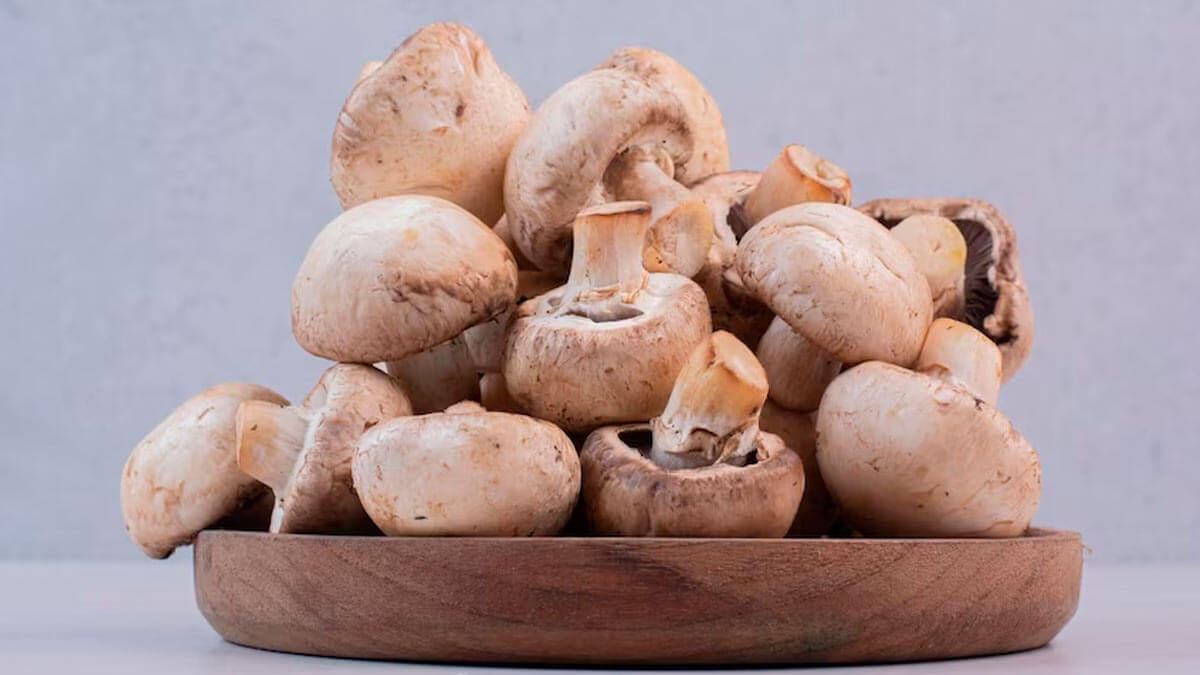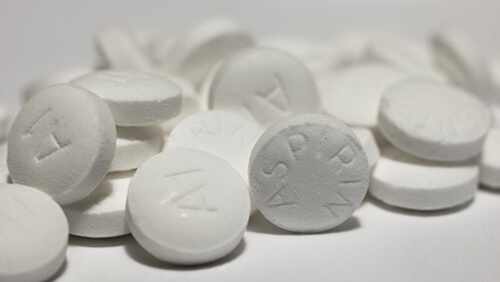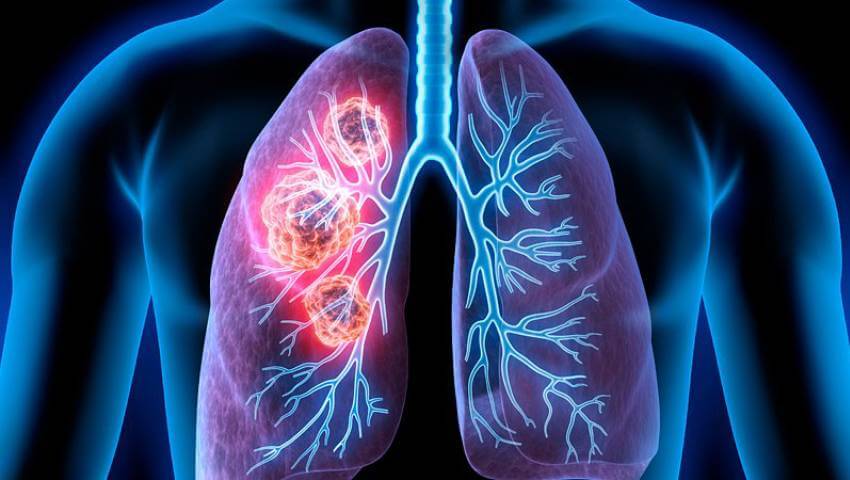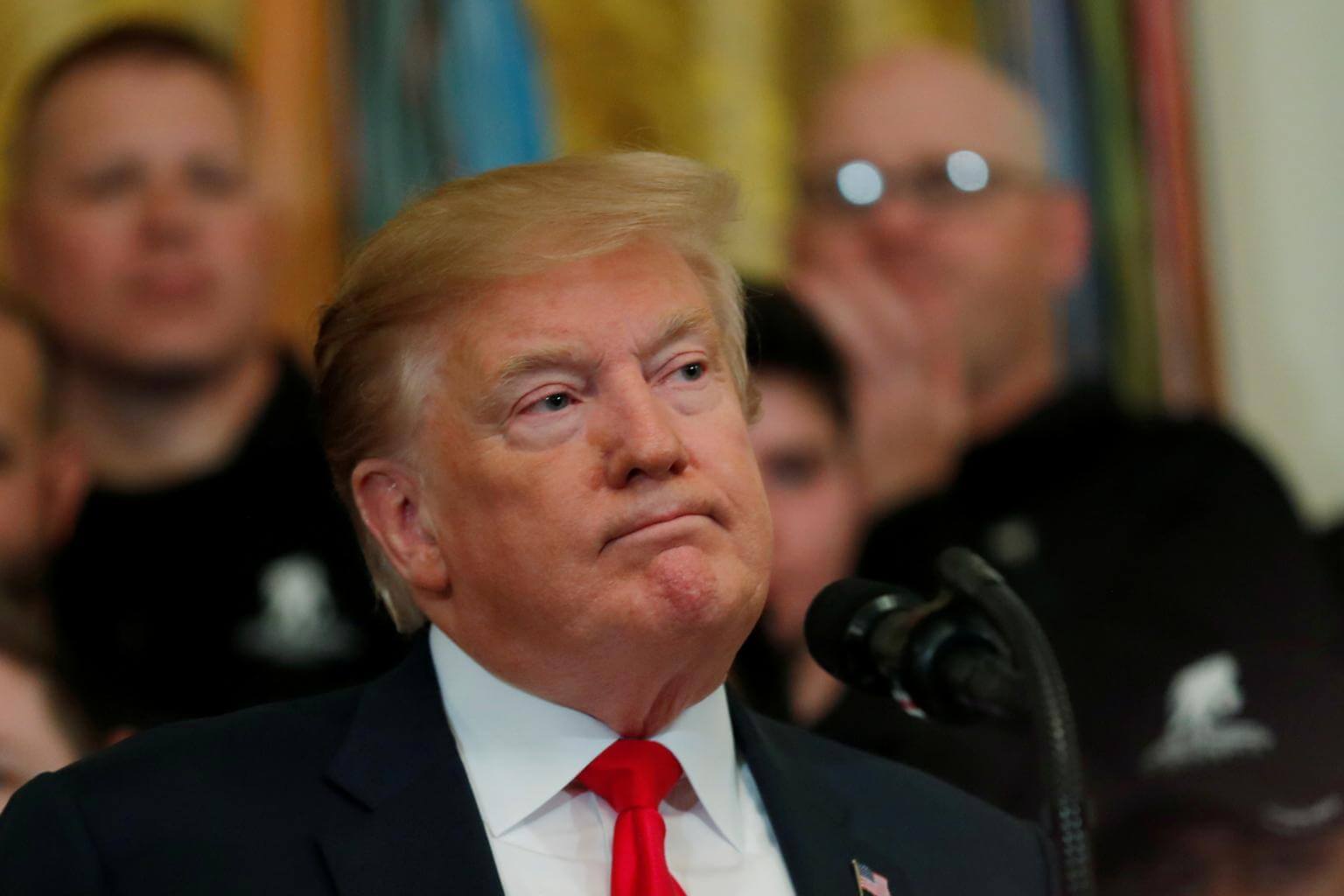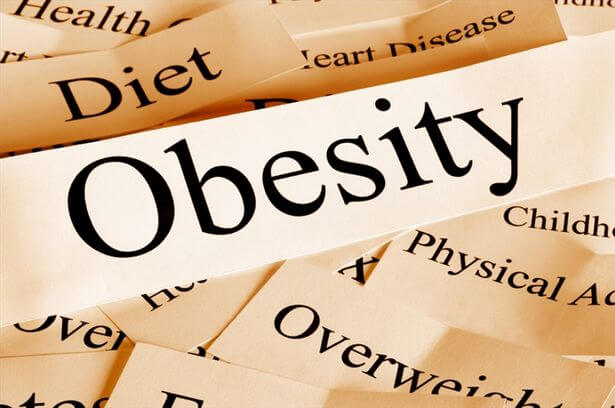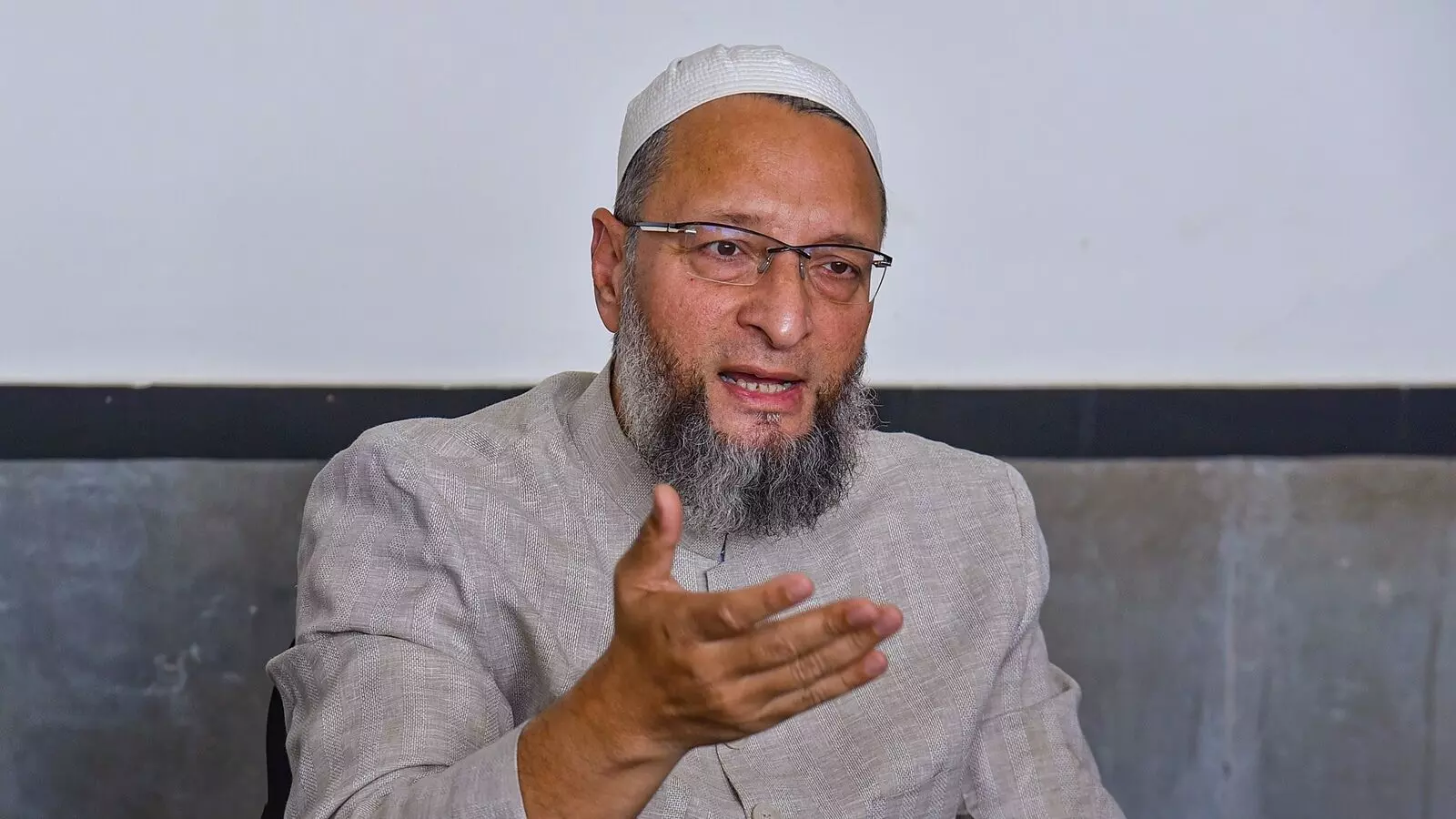COVID-19 spread in India now at its slowest pace so far
Thu 20 Aug 2020, 15:24:36
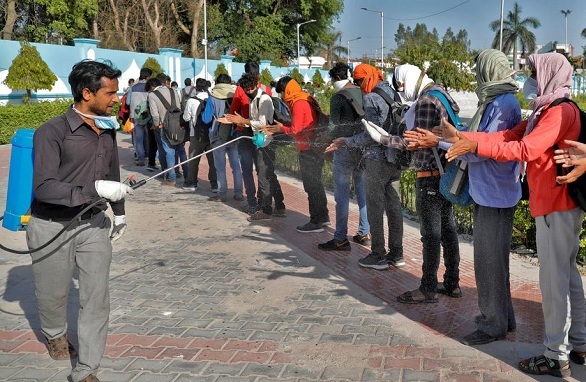
For around two weeks, India has reported the highest number of new coronavirus cases in the world each day. However, the pace of spread of the infection has slowed down in August, and reached its lowest-ever level this week. In the last seven days, most major states have seen a slower rise in their numbers than earlier.
India has reported 2,836,925 coronavirus cases so far, latest data from the health ministry showed. However, growing evidence from top cities shows many more cases may have gone unreported. A recent sero survey in five badly-hit areas in Pune found antibodies in nearly 52% participants, the highest prevalence found in such a survey so far
This suggests India’s infection fatality rate—or the number of deaths per 100 patients—could be even lower than is believed.
The national tally rose 20% last week, compared with a weekly growth rate of 28% at July-end. Due to a fast-improving recovery rate, active cases grew far slower, 7% in the last seven days, to 686,395 as of Thursday morning. At July-end, active cases were rising at 25% a week.
The slowdown in the spread has come despite a consistent ramp-up in testing. However, the situation could evolve either way, as India is still reporting over 60,000 new cases a day.
Delhi and Gujarat are the only two major states whose death trajectories have stabilized by now. Maharashtra’s curve is not worsening, but has been rising at a stable rate. Deaths rose 42% in Kerala in the last seven days, the only major state where the curve steepened during the period.
A total of 53,866 patients have died of covid-19 in India so far. Andhra Pradesh now has the fifth highest toll among all states, with 2,906 deaths. Karnataka’s toll crossed 4,300 this week. These two states, along with Maharashtra, Tamil Nadu, and Delhi, have a 72% share in the national death count.
The weekly spike in deaths remains high for Jharkhand, Chhattisgarh, Punjab, Assam, and Odisha. All calculations are based on seven-day rolling averages,
which minimize the effect of volatile and delayed reporting.
which minimize the effect of volatile and delayed reporting.
Three states—Maharashtra, Andhra Pradesh and Karnataka—alone account for half of all active cases in India. Among the 12 worst-hit states, Assam, Odisha, and Kerala led the surge in active cases in the last week. Active cases are rising slowly in all other states that had earlier reported severe outbreaks.
After affecting the largest urban centres the most in its initial months, the virus has picked up in smaller towns and rural areas now. Among the 97 districts with at least 5,000 confirmed cases so far, the biggest percentage spikes over the last seven days were reported by Nagpur (56%) in Maharashtra, Gorakhpur (52%) in Uttar Pradesh, and Davanagere (50%) in Karnataka, data compiled by howindialives.com showed.
Earlier this week, Pune became the worst-hit city in India, surpassing Mumbai’s case count. The city now has 137,601 coronavirus cases.
Of the over 1.7 million new cases globally in the last seven days, India accounted for nearly 25%—the highest in the world. The share in the cumulative death count is nearly 7% but it is rising steadily. In just the last seven days, the country accounted for 18% of the over 38,000 deaths recorded globally, the third highest share after the US and Brazil. The death toll is now the fourth highest.
Worryingly, the trajectory of deaths is still rising at a fast pace. Unlike the curves of some other badly-hit countries, India’s trajectory has yet to peak or stabilize. Deaths in India jumped 15% in the last week, slower than the preceding week. But nearly 74%, or 2,096,664, of India’s coronavirus patients have now recovered, as compared to 63% a month ago.
Globally, the coronavirus case count has crossed 22.3 million, including over 786,000 deaths and more than 14.2 million recoveries (64%), data from Johns Hopkins University showed. India has the worst weekly growth rates in cases among high-fatality countries, and at its current pace, could cross the 3 million mark by Sunday.
No Comments For This Post, Be first to write a Comment.
Most viewed from Coronavirus Updates
Most viewed from Health
AIMIM News
Delhi Assembly polls: Owaisi leads Padyatra in Okhla
Feb 01, 2025
We reject this Waqf Amendment Bill: Asaduddin Owaisi
Jan 30, 2025
Latest Urdu News
Most Viewed
May 26, 2020
Do you think Canada-India relations will improve under New PM Mark Carney?
Latest Videos View All
Like Us
Home
About Us
Advertise With Us
All Polls
Epaper Archives
Privacy Policy
Contact Us
Download Etemaad App
© 2025 Etemaad Daily News, All Rights Reserved.

